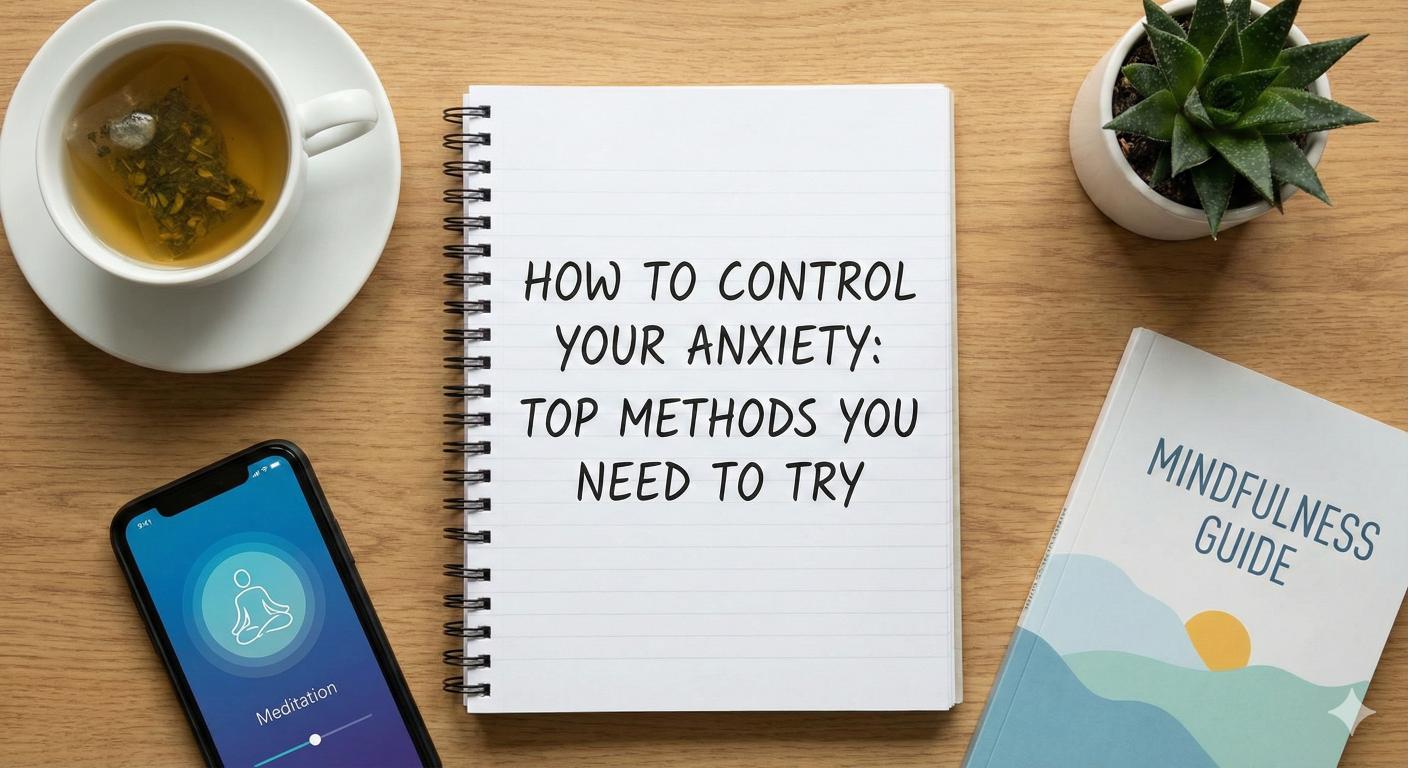Unveiling Signs and Interventions for Teenage Depression
Discover childhood and adolescent depression: signs and interventions to support affected youth effectively.


Understanding Childhood and Adolescent Depression
Epidemiology and Risk Factors
Childhood and adolescent depression is a prevalent mental health issue among the pediatric population. Research shows that the rates of depression can be significant, with a prevalence of up to 2.5% in children and as high as 4% to 8% during adolescence, potentially reaching 25% by the end of teenage years [1]. Several risk factors contribute to the development of depressive disorders in youth, including biological, psychological, and environmental influences.
Biological factors play a significant role, including serotonin depletion, norepinephrine deficits, endocrine disorders, sleep-related disorders, and genetic predispositions. Structural differences in the brain and altered neurotransmission can also contribute to the onset of depression. Understanding these factors is crucial for early detection and intervention strategies.
Age GroupPrevalence of DepressionChildren (up to 12 years)Up to 2.5%Adolescents (13-18 years)4% - 8%By End of AdolescenceUp to 25%
Symptoms Variation by Age
The presentation of depression can vary significantly between children and adolescents. Understanding these differences is vital for accurate recognition and appropriate intervention.
In adolescents, symptoms may often include physical disturbances such as loss of energy, changes in weight and appetite, and sleep issues. These vegetative symptoms are generally more prominent compared to symptoms seen in adults, where anhedonia, loss of interest, and concentration problems may take precedence [3]. This variation highlights the importance of tailored approaches in diagnosing and treating depression in youth.
Common symptoms exhibited by both age groups can include persistent sadness, irritability, and withdrawal from friends and activities. However, older adolescents may also experience risk factors associated with the transition to adulthood, including increased academic pressure and social expectations.
Summary of Symptoms by Age
Age GroupCommon SymptomsChildren (up to 12 years)Sadness, irritability, withdrawal from activities, changes in sleepAdolescents (13-18 years)Loss of energy, weight changes, sleep disturbances, increased irritability, withdrawal
Recognizing these differences can facilitate timely interventions. For insights into treatment options, refer to the section on interventions and treatments.

Recognizing Depression in Children
Signs and Symptoms
Depression in children can manifest in various ways, and recognizing the signs is critical for effective intervention. Common symptoms include:
The symptoms can differ based on the child's age, but variations often appear in adolescents compared to younger children and adults. For instance, adolescents may exhibit more physical disturbances such as loss of energy or changes in sleep habits, while adults may show more signs of anhedonia or concentration difficulties.
Common Signs of DepressionPrevalenceLow moodHighIrritabilityMediumChanges in appetiteMediumSleep difficultiesHighLoss of interest in activitiesMedium
Childhood and adolescent depression is often linked to a higher risk of anxiety disorders and substance use issues, as well as academic struggles. It's crucial to seek immediate medical assistance if there are signs of self-harm or suicidal thoughts.
Impact of Depression on Youth
Depression can significantly affect various aspects of a child's life. It impairs their ability to learn, engage socially, and perform academically. Children with depression face higher risks of severe outcomes, including:
The impact of depression during formative years can have lasting consequences, and early intervention can mitigate these risks. Treatment options like cognitive behavioral therapy (CBT) combined with medication are effective in addressing childhood depression. By recognizing the signs and understanding the broad implications, parents and caregivers play a vital role in supporting their child's mental health and seeking appropriate help. For more insights into different types of depressive disorders, visit types of depressive disorders explained.
Interventions and Treatments
Effective management of childhood and adolescent depression involves various therapeutic approaches. These include psychotherapy options and pharmacological treatments, each playing a crucial role in addressing this mental health condition.
Psychotherapy Options
Psychotherapy is a vital component of treatment for childhood and adolescent depression. Two commonly employed therapeutic approaches are Cognitive Behavioral Therapy (CBT) and Interpersonal Therapy (IPT).
The effectiveness of these therapies has been documented, indicating their success in addressing adolescent depression [5].
Therapy TypeFocusEffectivenessCognitive Behavioral Therapy (CBT)Regulating emotions, behavioral activationProven effective for adolescentsInterpersonal Therapy (IPT)Relationship adaptation, social functioningProven effective for adolescents
Pharmacological Treatments
While psychotherapy is essential, some adolescents may require medication for more severe cases. Pharmacological treatments primarily involve antidepressants. However, there are limitations in this area.
Currently, Selective Serotonin Reuptake Inhibitors (SSRIs) are the most commonly prescribed antidepressants for children and adolescents. Among these, fluoxetine is the only SSRI approved in the United States for treating depression in individuals under the age of 18. On the other hand, tricyclic antidepressants have not demonstrated clinical effectiveness in this age group.
The necessity for more comprehensive medication options remains a pressing issue in addressing childhood and adolescent depression.
Medication TypeApproval StatusNotesSelective Serotonin Reuptake Inhibitors (SSRIs)Approved (e.g., fluoxetine)Effective for some adolescentsTricyclic antidepressantsNot effectiveNot recommended for children/adolescents
By combining psychotherapy and appropriate pharmacological treatments, a comprehensive approach can be established for managing childhood and adolescent depression effectively. To better understand the different types of depressive disorders and their signs, consider checking our articles on types of depressive disorders explained and understanding clinical depression: more than just feeling sad.

Parental Support and Strategies
Providing support for children dealing with depression is crucial. Parents play a vital role in creating a nurturing environment and fostering open lines of communication.
Creating Supportive Environments
Children with depression need love, empathy, and respect from their caregivers. Understanding and validating their feelings is essential. Just sitting with them and providing reassurance can be beneficial. Establishing routines and schedules can create a sense of structure and security, making tasks feel more approachable, even when they may not feel like engaging in activities.
Maintaining a positive environment is important. Engaging in fun activities together can improve their mood and outlook. Here are some strategies for creating a supportive environment:
StrategyDescriptionPositive CommunicationFocus on a positive communication ratio of 1 negative to 5 positive comments to foster a supportive environment [6].Engaging ActivitiesParticipate in enjoyable activities that can help lift their spirits.Structured RoutineImplement daily routines to provide stability and predictability.Safe SpaceCreate a safe and accepting space where children feel comfortable expressing themselves.
These strategies can help children cope better with the effects of depression, making them feel more secure and understood.
Communication and Engagement
Open communication is a key aspect of supporting children with depression. Parents should encourage their children to share their feelings and experiences. Active listening is vital—showing interest in what they say without judgment or interruption can have a profound effect.
Parents can also engage in conversations about mental health and normalizing discussions around feelings. Here are effective communication strategies:
Communication StrategyDescriptionActive ListeningOffer full attention and show empathy while your child speaks.Open-Ended QuestionsEncourage dialogue by asking questions that require more than a yes or no answer.Validate FeelingsAcknowledge and validate your child's feelings, assuring them that it's okay to feel the way they do.Discuss SolutionsWork together to find solutions or coping strategies for difficult emotions.
Children with depression may also benefit from therapy or counseling in addition to parental support. Consulting a doctor can help determine the most suitable treatment options for the child.
By fostering a supportive environment and maintaining open lines of communication, parents can significantly impact their child's ability to cope with depression. This proactive approach contributes to better mental health outcomes. For insights into recognizing signs of childhood and adolescent depression, click here.
Special Considerations and Recommendations
Importance of Early Detection
Recognizing childhood and adolescent depression is essential for effective intervention and treatment. The U.S. Preventive Services Task Force recommends screening adolescents aged 12 to 18 for depression, highlighting the need for early detection to facilitate timely treatment. Unfortunately, depression in younger children remains significantly underdiagnosed and undertreated. Many children with depression are at an increased risk for anxiety disorders, substance use disorders, and academic struggles, as well as a higher risk of suicide.
Early identification of depressive symptoms can lead to more effective treatment options, including cognitive behavioral therapy (CBT) and pharmacological therapies. Early detection allows family physicians and caregivers to provide better support and interventions, ensuring a more positive outcome for the affected youth.
Monitoring and Seeking Help
Monitoring symptoms and maintaining open communication are fundamental when it comes to supporting children and adolescents struggling with depression. Parents and caregivers play a crucial role in observing changes in behavior, mood, and academic performance. Consistent monitoring can alert parents to any alarming shifts that may indicate worsening depression.
If concerns arise regarding a child’s mental health, seeking help promptly is vital. Children exhibiting signs of self-harm, persistent sadness, or withdrawal from activities should receive immediate medical attention. Family physicians often serve as primary contacts for children experiencing depression due to the limited availability of mental health professionals. If you notice any concerning signs, resources are available through local health services and organizations dedicated to mental health awareness.
Summary of Symptoms to Monitor
SymptomDescriptionPersistent SadnessContinual feelings of sadness lasting more than two weeks.WithdrawalAvoiding social interactions or losing interest in previously enjoyed activities.Changes in SleepDifficulty sleeping, oversleeping, or frequent fatigue.Changes in AppetiteSignificant weight loss, weight gain, or changes in eating habits.Difficulty ConcentratingReduced ability to focus or make decisions.
Understanding these symptoms can aid in recognizing when to seek help. Knowledge of available interventions such as cognitive behavioral therapy (CBT) and pharmacological treatments can facilitate informed discussions with healthcare providers when concerns about a child's mental health arise.
By prioritizing early detection and being vigilant in monitoring, caregivers can play a significant role in addressing childhood and adolescent depression, facilitating the necessary interventions for a healthier path forward.
Biological and Psychological Factors
Understanding the biological and psychological factors that contribute to childhood and adolescent depression is crucial for effective interventions. Factors such as sleep disturbances and attachment theories play significant roles in the development and persistence of depressive symptoms.
Influence of Sleep Disturbances
Sleep problems are closely associated with an increased risk of depression among youths. Research has indicated a strong link between sleep disturbances, such as insomnia, and depressive disorders. While studies suggest that sleep issues can exacerbate depressive symptoms, there remains uncertainty about the exact cause-and-effect relationship between these two conditions.
Sleep Disturbance TypeAssociated Risk of DepressionInsomniaHighSleep ApneaModerateRestless Legs SyndromeModeratePoor Sleep QualityHigh
Creating a healthy sleep environment and establishing a regular sleep routine are essential strategies to alleviate some of the depressive symptoms.
Attachment Theory and Cognitive Theories
Attachment theory posits that early experiences significantly influence a child's emotional development. When a child's need for security and care is unmet, particularly in intimate relationships, this can contribute to the emergence of depressive symptoms. Children with insecure attachment styles often develop a negative self-concept, which is linked to increased vulnerability to depression.
Cognitive theories, including learned helplessness and Beck's cognitive theory, explain depression through maladaptive cognitive patterns. Kids and adolescents showing signs of depression often experience negative cognitive attributions, distorting their views of themselves, their surroundings, and their prospects. Such cognitive patterns exacerbate feelings of helplessness and hopelessness, further entrenching depressive symptoms.
Understanding these theories helps in crafting targeted interventions that address not just the symptoms of childhood and adolescent depression, but also the underlying issues contributing to its development.
References
[2]:
[3]:
[4]:
[5]:
[6]:
More Resources
A team ready to start your journey.
Get in touch — today.
We are a safe space – a haven for exceptional individuals to receive discreet, personalized, in-person treatment and care.
.avif)










